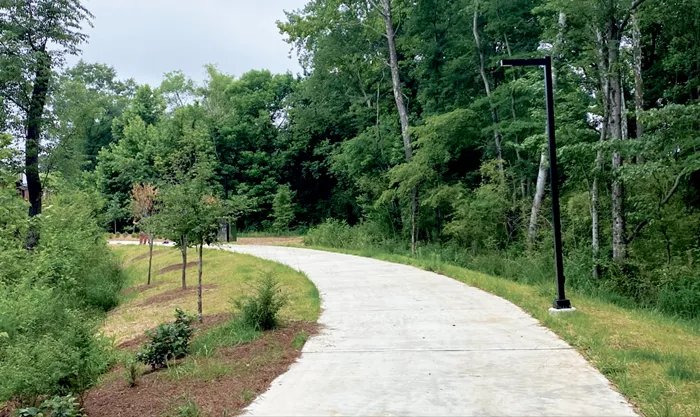Community engagement as a key aspect of its newsroom strategy. Reporters from the Herald and Crier newspapers actively seek out questions from readers. However, some inquiries do not result in full stories due to time constraints or the brevity of the answers.
Here are some recent questions from the community, along with the responses provided by our reporters.
What Are Local Governments Doing to Incorporate Native Plants?
In Alpharetta, city officials are promoting the use of native plants in public spaces to create natural habitats for local wildlife. Morgan Rodgers, director of Alpharetta’s Recreation, Parks & Culture Department, highlighted efforts to remove invasive species and incorporate native plants into landscaping.
Amanda Musilli, community services manager, noted that native plants have been included in the Alpha Loop’s landscaping design. In the coming weeks, these plants will be added to the redesign at the Wills Park Recreation Center. The Alpharetta Adult Activity Center will also receive native plants as part of its landscaping overhaul.
Some of the plants selected for these projects include beautyberry, rabbiteye blueberry, milkweed, mountain mint, black-eyed Susan, southern beardtongue, whorled coreopsis, and oak leaf hydrangea. Musilli explained, “They provide food and habitat for our native pollinators, insects, and birds. If we don’t create the habitat for the lowest part of the food chain, we don’t have anything higher up.”
She added that native plants not only enhance the visual appeal of the area but also create a natural symphony, attracting animals such as crickets, frogs, and birds. “It’s essential to our life,” she said.
What Are the Standards for Marking Bike Lanes?
The Georgia Department of Transportation has established guidelines for marking bike lanes throughout the state. According to these guidelines, bike lanes can be indicated with arrows or cyclist symbols, positioned six feet beyond a crosswalk on the far side of intersections. Engineers may also place markings along long, uninterrupted sections of roadway as they see fit.
The lane boundaries are defined by line markings, which should be a minimum of 5 feet wide. In areas adjacent to structures such as guardrails, the width can be increased to 6 feet.
Related topics:
- Why You Should Consider Cover Crops for Your Garden?
- Threats to Arctic Ecosystem Stability Due to Decreasing Plant Resilience
- Urgent Warning for Houseplant Owners – This Mistake Could Kill Your Plants


